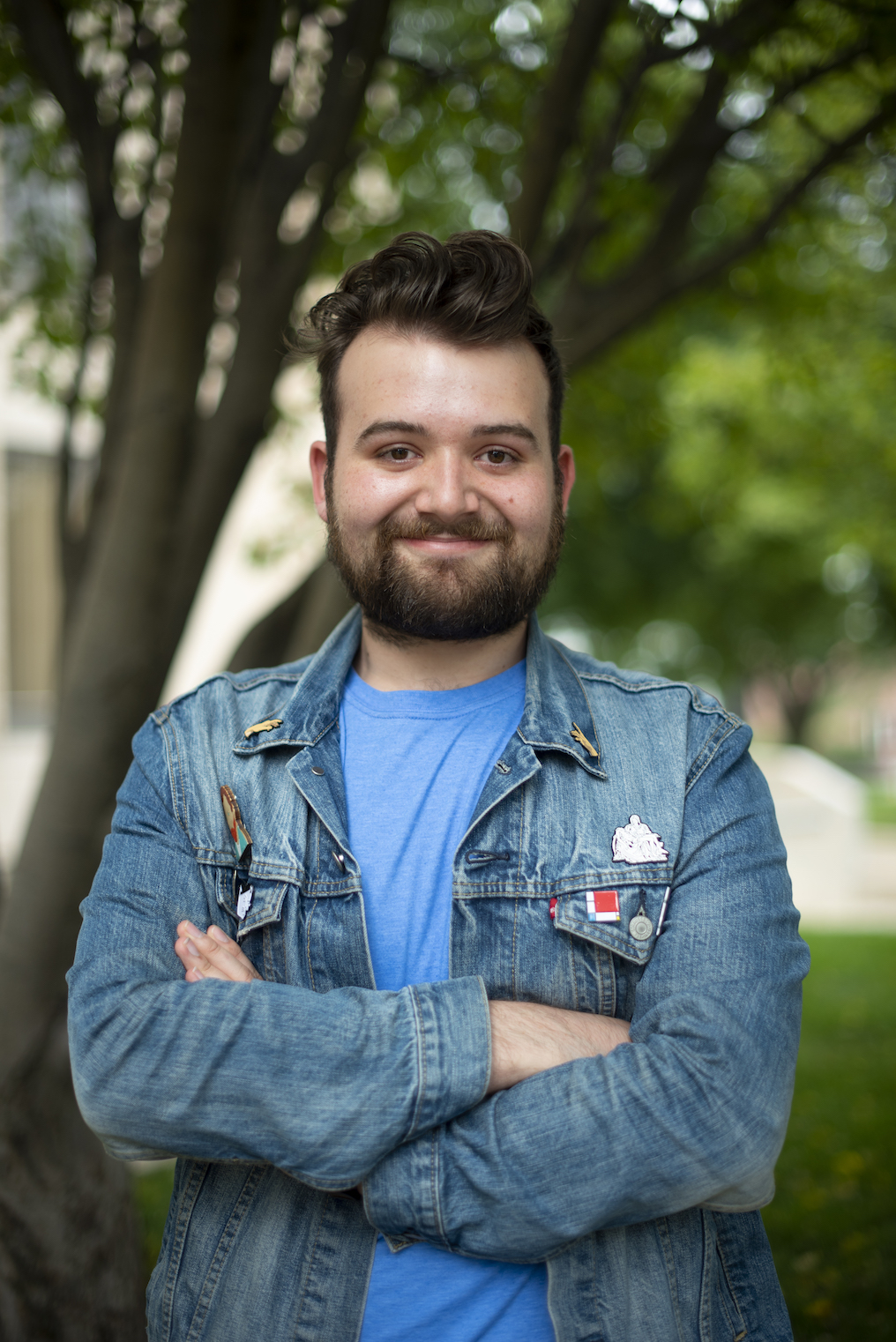Leonardo da Vinci: Corpse Caper
The muscles of the shoulder and arm, and the bones of the foot c.1510-11 | PC: Getty
Memento Artem
Under the cover of night something strange is happening. There’s the sound of earth being moved in the distance but what could it be? Following the sound there’s a silhouette of a figure.
The figure is in a burial ground digging up a corpse—but for what? There’s a simple answer: it’s Leonardo da Vinci’s grave digger.
Although Da Vinci is known as the artistic genius behind masterpieces like “The Mona Lisa” and “The Last Supper” many seem to overlook one of his most important contributions to the world-his anatomical sketches of the human body.
As an artist, Da Vinci studied human anatomy to improve his ability to capture the human form in great detail.
One example is his studies of the muscles in the shoulder and arm, as well as the bones of the foot. In fact he emphasized the study of anatomy in one of his notes, “It is necessary for a painter to be a good anatomist, so that he may be able to design the naked parts of the human frame and know the anatomy of the sinews, nerves, bones, and muscles.”
However in order for him to be able to capture these studies in such minute detail he had to break the law by dissecting corpses and sketching his findings.
To clarify, the Catholic church had made the dissection of corpses illegal unless you were a physician.
This led to a majority of the dissections he performed being done in secret and it’s believed often under the cover of night.
Theorists also believe Da Vinci had to get grave robbers to retrieve bodies for him. Once he discovered a body part he wanted to study, Da Vinci would prepare it by washing and then drawing it.
Eventually he was able to receive special permission through a hospital director to continue his studies through looking at cadavers. One of Da Vinci’s major discoveries was of the anatomy of the human heart. He uncovered the heart has more than two chambers and studied it’s physiology. His studies showed these four chambers were responsible for contracting and pumping blood.
Da Vinci dissected over 30 corpses. He compiled hundreds of drawings and notes documenting his findings. It’s a true disappointment he had to hide these illegal breakthroughs from the world.
It’s believed that if he’d released them during his lifetime, they would not only have changed renaissance science and medicine but also the scientific and medical worlds we have today.
Cameron Cizek is a senior studying computing.


